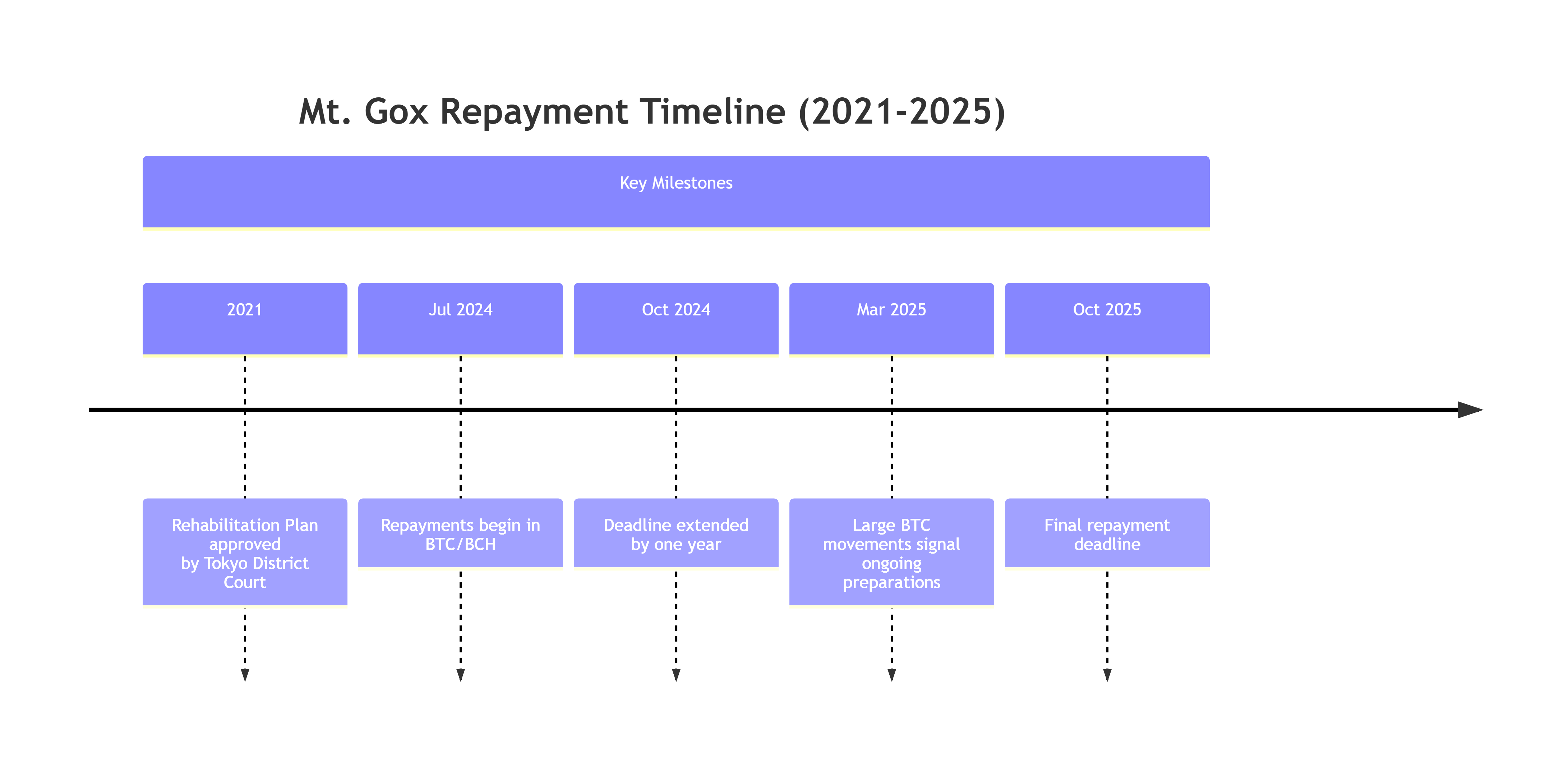Executive Summary: An Industry Under Pressure
Dow Inc. (DOW), one of the world’s leading materials science companies, has seen its stock price decline approximately 56% over the past year as of September 2025. This dramatic slide reflects persistent challenges in the global chemical sector, including high energy costs, slowing demand, and oversupply in key markets. The company’s recent second-quarter 2025 results confirmed these headwinds, revealing a GAAP net loss of $801 million and a 7% year-over-year sales decline to $10.1 billion. In response, Dow has taken aggressive restructuring actions, including a 50% dividend reduction and planned shutdowns of several European assets. For investors, the central question remains whether today’s depressed stock price represents a compelling long-term opportunity or signals deeper structural issues within both Dow and the broader chemical industry.
Introduction: The Cyclical Nature of Chemical Giants
The chemical industry has always been notoriously cyclical, with companies like Dow experiencing pronounced swings in profitability throughout economic cycles. As one of the world’s largest chemical producers, Dow’s extensive operations spanning packaging, infrastructure, mobility, and consumer applications make it particularly vulnerable to global macroeconomic shifts. The current downturn has proven longer and deeper than many analysts anticipated, now extending into its third consecutive year of challenged earnings. With the company trading at multi-year lows and taking dramatic steps to preserve financial flexibility, investors must carefully weigh whether Dow’s current valuation adequately compensates for the substantial risks it faces, or if the company is well-positioned to capitalize on an eventual industry recovery.
1 Understanding Dow’s Perfect Storm of Challenges
1.1 The Macroeconomic Squeeze
Dow currently faces a convergence of adverse conditions across its global operations:
- Demand Weakness: Key end markets such as building materials and automotive have shown persistent sluggishness, reducing demand for Dow’s chemical products. This trend is particularly pronounced in Europe, where volume declines have outpaced other regions .
- Persistent Oversupply: The market faces structural oversupply in key chemical and petrochemical segments, exacerbated by increased export capacity from Asia. CEO Jim Fitterling has acknowledged the industry is facing “one of the most protracted downcycles in decades,” with three consecutive years of below-trend GDP growth .
- Input Cost Pressures: As an energy-intensive business, Dow has been squeezed by elevated natural gas prices, particularly in Europe. Ethane, derived from natural gas and used as feedstock for ethylene production, remains costly, compressing margins despite some moderation in oil prices .
1.2 The European Dilemma
Europe presents particular challenges for Dow’s operations:
- Structural Disadvantages: European facilities face higher energy costs, stricter emissions regulations, and generally older infrastructure compared to Dow’s operations in other regions, particularly the U.S. Gulf Coast.
- Terneuzen Operations: Dow’s Terneuzen facility in the Netherlands—the company’s second-largest production site globally and the user’s city of birth—exemplifies these challenges. In 2025, Dow decided to idle one of three crackers at Terneuzen, postponing required maintenance “due to continued weakened market conditions in the region” . This decision to forego essential maintenance—traditionally a period requiring significant additional staff and contractors—speaks volumes about the economic pressures facing European operations.
Table: Dow’s Key Challenges by Region
| Region | Primary Challenges | Business Impact |
|---|---|---|
| Europe | High energy costs, stringent regulations, structural oversupply | Asset shutdowns, reduced operations, margin compression |
| U.S. & Canada | More competitive energy costs, newer assets | Relatively stronger performance, continued investment |
| Asia | Chinese oversupply, competitive pressures | Margin pressure, reduced export opportunities |
2 Financial Performance: Assessing the Damage
2.1 Q2 2025 Results: A Detailed Look
Dow’s second-quarter 2025 results revealed the depth of the current downturn:
- Net Sales: $10.1 billion, down 7% year-over-year and 3% sequentially
- GAAP Net Loss: $801 million, compared to a profit of $458 million in the year-ago period
- Operating EPS: A loss of $0.42, compared to a profit of $0.68 in Q2 2024
- Cash Flow: Cash from operating activities was negative $470 million, down $1.3 billion year-over-year
The poor performance spanned all operating segments, with the Packaging & Specialty Plastics unit—traditionally Dow’s largest and most stable business—showing particularly sharp declines in operating EBIT, which fell $632 million year-over-year to just $71 million .
2.2 The Dividend Cut: A Necessary But Painful Decision
In July 2025, Dow announced a 50% dividend reduction, slashing its quarterly payout from $0.70 to $0.35 per share . This move:
- Reflected Financial Reality: The previous $2.80 annual dividend had exceeded free cash flow in 2024 and was projected to do so again in 2025 .
- Addressed Payout Concerns: Before the cut, Dow’s dividend payout ratio approached 180% of 2024 earnings, an unsustainable level .
- Followed Earlier Assurance: The cut came just months after CFO Jeff Tate in March 2025 stated, “We remain committed to our dividend moving forward” , highlighting how rapidly conditions deteriorated.
Table: Dow’s Dividend Cut Impact
| Metric | Before Cut | After Cut | Change |
|---|---|---|---|
| Quarterly Dividend | $0.70 | $0.35 | -50% |
| Annual Dividend | $2.80 | $1.40 | -50% |
| Indicated Yield* | ~10% | ~5% | -50% |
| Payout Ratio | ~180% of 2024 EPS | ~90% of 2024 EPS | More sustainable |
Note: Yield based on pre-announcement and post-announcement stock prices. Source:
3 Strategic Response: Dow’s Path Forward
3.1 Cost Reduction and Portfolio Optimization
Facing “a lower-for-longer earnings environment,” Dow has implemented aggressive strategic measures:
- Cost Savings Initiative: A $1 billion cost reduction program announced in January 2025 included a workforce reduction of approximately 1,500 roles globally .
- Capital Spending Cuts: Dow has reduced planned capital expenditures by $1 billion for 2025, including delaying its ambitious $6.5 billion Path2Zero project in Fort Saskatchewan, Alberta .
- Cash Flow Protection: The company is targeting more than $6 billion in near-term cash support and earnings growth levers by 2026 .
3.2 European Restructuring: Right-Sizing for Reality
In July 2025, Dow’s Board approved the shutdown of three upstream assets in Europe :
- Packaging & Specialty Plastics: Ethylene cracker in Böhlen, Germany (shutdown expected Q4 2027)
- Industrial Intermediates & Infrastructure: Chlor-alkali & vinyl assets in Schkopau, Germany (shutdown expected Q4 2027)
- Performance Materials & Coatings: Basics siloxanes plant in Barry, U.K. (shutdown expected mid-2026)
These actions will impact approximately 800 Dow roles and are expected to generate $200 million in annual EBITDA uplift once fully implemented by 2029, with a cash outlay of approximately $500 million over four years . The company described these moves as necessary to “right-size regional capacity, reduce merchant sale exposure, and remove higher-cost, energy-intensive portions of Dow’s portfolio in the region” .
3.3 Terneuzen: A Microcosm of Dow’s European Challenges
The Terneuzen facility illustrates both the challenges and strategic importance of Dow’s European operations:
- Strategic Significance: As Dow’s largest production site outside the United States with 16 factories, Terneuzen produces approximately 800 products and employs about 3,700 people from more than 50 nationalities .
- Current Adjustments: The decision to idle one cracker at Terneuzen reflects the difficult European market conditions. The idled unit (Cracker 3) has nameplate capacities of 600,000 t/yr ethylene and 300,000 t/yr propylene .
- Operational Flexibility: Despite the idling, Dow maintains significant capacity at Terneuzen with the other two crackers having combined capacity of 1.2 million t/yr of ethylene , preserving ability to supply key customers and maintain market presence.
4 Investment Outlook: Opportunity or Value Trap?
4.1 The Bull Case: Positioned for Recovery
Arguments for Dow as a compelling investment opportunity include:
- Cyclical Upside: Chemical stocks typically experience sharp recoveries following industry downturns, and Dow’s current valuation may not fully reflect this potential.
- Strategic Actions: The cost reduction measures, portfolio optimization, and dividend reset create a leaner company better positioned for the current environment.
- Balance Sheet Strength: Despite challenges, Dow maintains investment-grade credit ratings and sufficient liquidity to weather the downturn.
- Long-Term Fundamentals: Growing global middle classes and sustainability trends should drive long-term demand growth for Dow’s products across packaging, infrastructure, and consumer applications.
4.2 The Bear Case: Structural Headwinds
Arguments against Dow as an attractive investment include:
- Protracted Downturn: Management’s acknowledgment of a “lower-for-longer” environment suggests the recovery may be further out than many investors anticipate .
- European Structural Issues: The permanent shutdowns of European assets suggest some challenges may be structural rather than cyclical, potentially implying permanently reduced earnings power.
- Dividend Credibility Damage: The sudden dividend cut after repeated assurances of its sustainability may continue to weigh on investor sentiment .
- Competitive Pressures: Persistent oversupply from Asian competitors, particularly China, may continue to pressure margins even after demand recovers.
4.3 Valuation Considerations
With Dow trading near multi-year lows, valuation metrics appear compelling:
- The stock’s decline of approximately 56% over the past year far outpaces the deterioration in the company’s fundamental value.
- The reset dividend still provides a respectable ~5% yield , attractive compared to many income investments.
- Investors should assess whether current prices adequately compensate for the risks of further deterioration while providing sufficient upside exposure to an eventual industry recovery.


